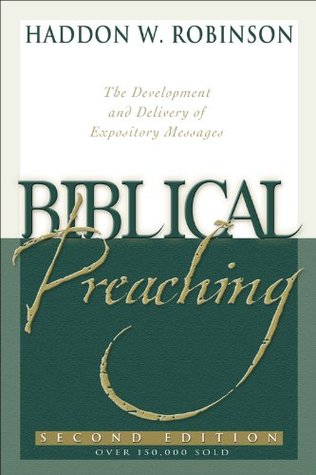More on this book
Community
Kindle Notes & Highlights
“The difference between the right word and the almost right word,” wrote Mark Twain, “is the difference between lightning and the lightning bug.” The English poet John Keats was keenly aware
Our choice of words is called style. Everyone possesses style—be it bland, dull, invigorating, precise—but however we handle or mishandle words becomes our style.
Writing a sermon differs from writing an essay or a book. Write as though you were talking with someone, and as in conversation, strive for immediate understanding.
It is hard to overestimate the importance of clear transitions for clear communication.
“No man knows anything about higher mathematics until he can explain it clearly to the man on the street.”
Theologians and ministers, too, seem to keep themselves in office by resorting to language that bewilders ordinary mortals.
Therefore a sermon should not sound like a thesis read to a congregation.
Vividness is a third characteristic of effective style.
Your speech will become more vivid if you let nouns and verbs carry your meaning.
A fundamental rule of grooming and dress is that they should fit the audience, the situation, and the speaker.
How we dress causes others to make judgments about us without their being aware of why they make those responses.


